skip to main |
skip to sidebar
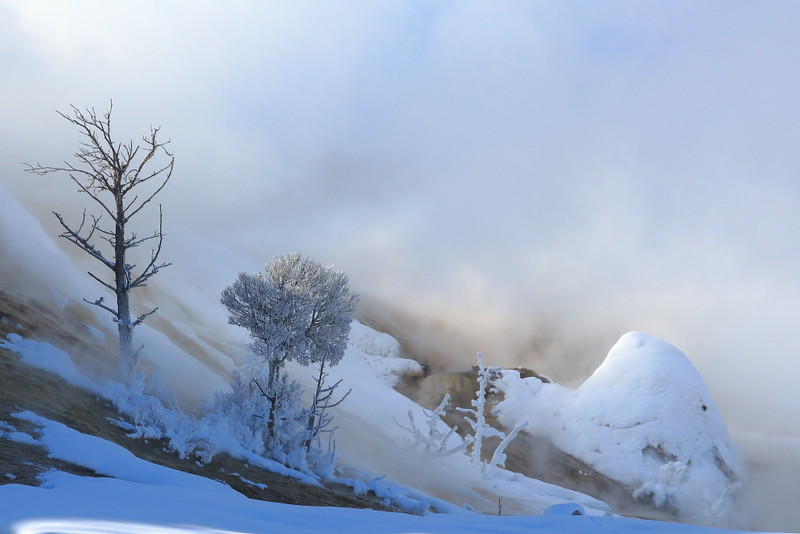 Figure 1. Mammoth Hot Springs, Yellowstone National Park.
Mammoth Hot Springs in Yellowstone National Park is situated at the relatively low elevation. It is warmer and less snowy and thus the park headquarter is located here. In my experience, it usually can reach around 30F in winter.
Figure 1. Mammoth Hot Springs, Yellowstone National Park.
Mammoth Hot Springs in Yellowstone National Park is situated at the relatively low elevation. It is warmer and less snowy and thus the park headquarter is located here. In my experience, it usually can reach around 30F in winter.
On New Year Day of 2016, I experienced my coldest temperature here. Actually it was cold everywhere on that day. I remembered the meter in my car showed -26F when I was in Lamar Valley in the morning. When I was back to Mammoth Hot Springs after the noon, it was relatively warm, but only at single digit.
On the other side, cold temperature strengthens steam from the hot springs. The colder it is the strong the steam is. It may not be good if it's too steamy as it blocks the view. Because there was breeze, it helped and I stayed there hoping for interesting shots. It was so dynamic and I stayed there for more than one hour.
I like the amount of steam in this shot. It gives steamy feelings and hints the blue sky. The snowy ground, dead trees, and the rock formation called Devils Thumb (right hand side) makes it a surreal.
 Figure 1. Autumn Foliage in Yosemite Valley.
You might hear some people say Yosemite is not a good place to see autumn foliage, because most trees are conifers. This is both true and false for me. It depends on what kind of autumn foliage you want to see. If you want to stand at an overlook and see the sea of colorful leaves, you will be disappointed.
Figure 1. Autumn Foliage in Yosemite Valley.
You might hear some people say Yosemite is not a good place to see autumn foliage, because most trees are conifers. This is both true and false for me. It depends on what kind of autumn foliage you want to see. If you want to stand at an overlook and see the sea of colorful leaves, you will be disappointed.
The strength of autumn foliage in Yosemite is to blend it with the iconic landscape. One of my favorites is Half Dome such as Figure 1 taken in Sentinel Meadow. Although black oak trees are perhaps more familiar to most people in Yosemite Valley, cottonwood trees, as in Figure 1, with yellow leaves are worth mentioning. They are just as beautiful as black oak trees.
I tried to explore some new spots during this autumn trip to Yosemite Valley. Fortunately I got this one at the bank of Merced River at Sentinel Meadow. It is interesting that this shot was taken at noon. It might not work at golden hours because of the season in early November. The timing and lighting are just right to make Half Dome and the bright yellow leaves stand out.
I tried coming to the same spot the next day for some more varieties. Unfortunately it was a cloudy day and far from what I expected. I will definitely come here again next autumn.
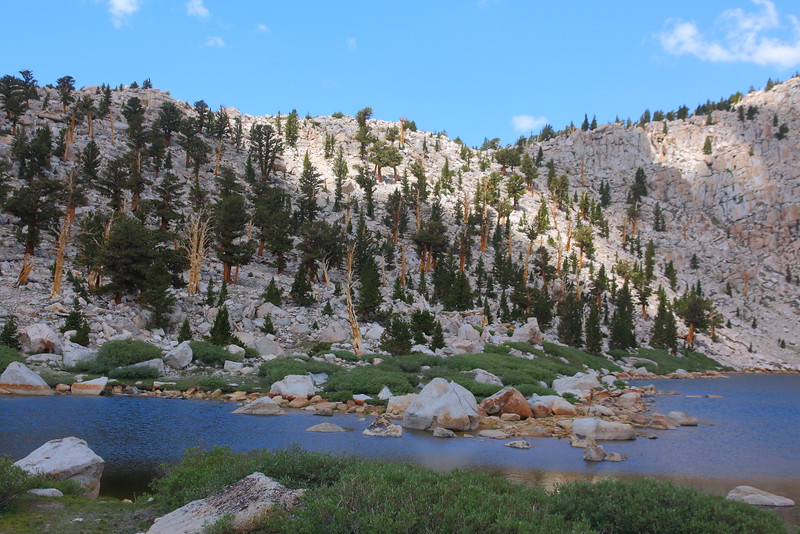 Figure 1. Chicken Spring Lake, Inyo National Forest.
Since moving to San Diego, it is easier for me to go to Eastern Sierras than living in the Bay Area. While most scenic areas belong to Inyo National Forest, many people consider them even better than national parks if you'd rather hike than drive.
Figure 1. Chicken Spring Lake, Inyo National Forest.
Since moving to San Diego, it is easier for me to go to Eastern Sierras than living in the Bay Area. While most scenic areas belong to Inyo National Forest, many people consider them even better than national parks if you'd rather hike than drive.
In addition to scenic landscape, there are other reasons for me to come here. One of them is to see rare foxtail pines. There are two separate areas where these trees live. One is in northern California in Klamath Mountains. The other is in southern Sierra Nevada. While you can see them on the western slope of the Sierra Nevada, it is easier from Eastern Sierras as the road helps you to achieve around 10,000 feet.
Foxtail pines are high elevation trees and dominate the tree line in this area. Chicken Spring Lake is one of many places accessed by trail to see them. Actually you can see them before arriving the lake, but you may need to tell them apart from other trees such as lodgepole pines.
The clouds are forming and moving when I am at the lake. I take advantage of it before it becomes cloudy. Chicken Spring Lake is a typical cirque lake in the Sierra Nevada. Although the backdrop is not as impressive as other lakes, foxtail pines peppered along the lake shore compensate for it. The 9 mile round trip hike over 11,000 feet is worth the effort.
 Figure 1. St. Mary Lake, Glacier National Park.
St. Mary Lake is the second largest lake in Glacier National Park, next to Lake McDonald. Historically Lake McDonald was more accessible in the late 19th century. However, St. Mary Lake with the Wild Goose Island gives one of the iconic images of the park.
Figure 1. St. Mary Lake, Glacier National Park.
St. Mary Lake is the second largest lake in Glacier National Park, next to Lake McDonald. Historically Lake McDonald was more accessible in the late 19th century. However, St. Mary Lake with the Wild Goose Island gives one of the iconic images of the park.
One day when I passed St. Mary Lake near Rising Sun Motor Inn in early morning, the storm was just clearing. Even so, some iconic peaks at this area such as Split Mountain and Divide Mountain were still hidden. Fortunately, I managed to get to a spot with good composition and lighting.
This is not a traditional St. Mary Lake shot with majestic peaks in the background. It gives a soft feeling of this lake and it works for me.
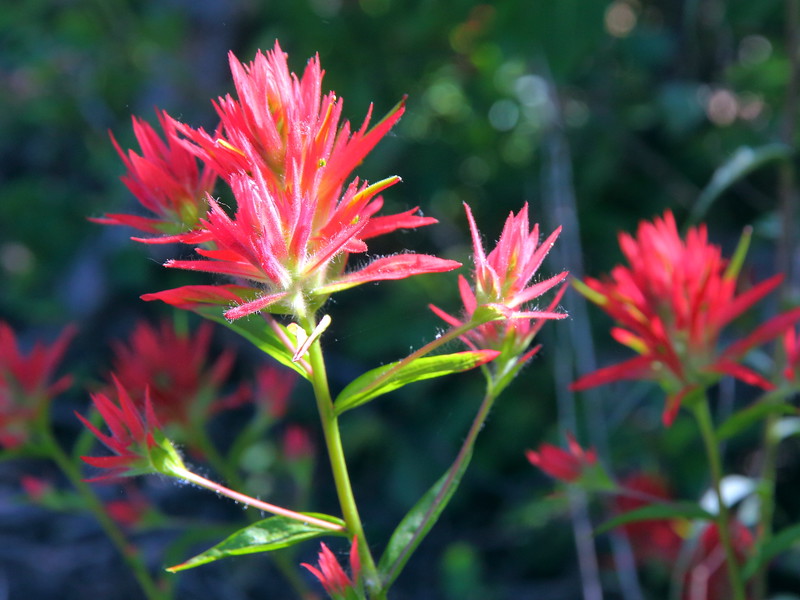 Figure 1. Indian Paintbrush, Grand Teton National Park.
In addition to fantastic landscape in national parks, wildflowers are another attraction to visitors during spring and summer. Some bloom in early spring while others show their best in mid summer. Factors such as moisture, location and elevation also contribute to the beauty and time of the blossom.
Figure 1. Indian Paintbrush, Grand Teton National Park.
In addition to fantastic landscape in national parks, wildflowers are another attraction to visitors during spring and summer. Some bloom in early spring while others show their best in mid summer. Factors such as moisture, location and elevation also contribute to the beauty and time of the blossom.
The Indian paintbrush or other varieties are quite common in many national parks. They are usually seen in summer months. While it is not difficult to see them, taking a good shot is another matter. Common wisdom suggests early morning or evening to take advantage of the light. In reality, many people tend to take a grand view like a panorama during the golden hour. It is unlikely a photographer would spend such a precious moment mainly for a common wildflower. Does that, however, mean you can't take a good, or at least decent, shot for it?
I got this shot of Indian paintbrush about 3 hours before sunset at Signal Mountain area in Grand Teton National Park. The rich contrast makes it work quite well. The shade is mainly caused by nearby trees. While not all Indian paintbrush share good lighting in the surrounding area, some do and I manage to get some shots like this one.
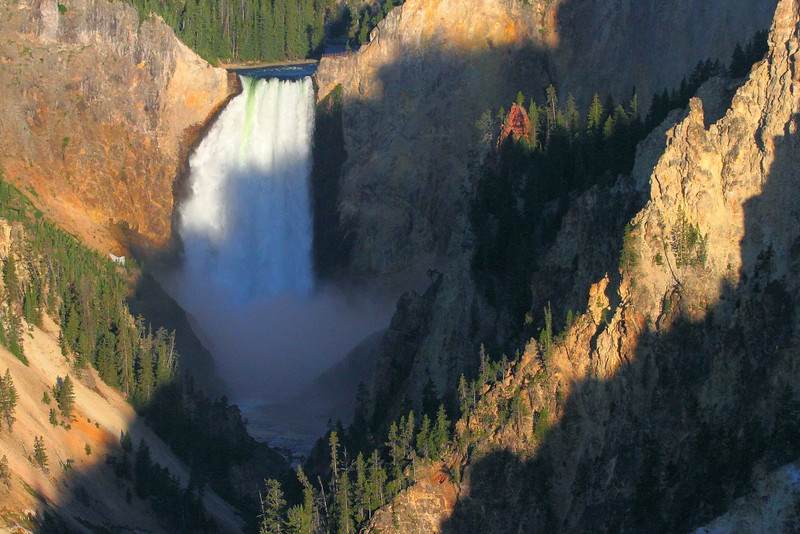 Figure 1. Lower Yellowstone Falls, Yellowstone National Park.
Lower Yellowstone Falls is one of the iconic images in the national parks. In addition to the huge amount of water, it flows through the heart of the Grand Canyon of the Yellowstone. While Lower Falls and the Grand Canyon can be seen from different locations, Artist Point from the South Rim is the classic.
Figure 1. Lower Yellowstone Falls, Yellowstone National Park.
Lower Yellowstone Falls is one of the iconic images in the national parks. In addition to the huge amount of water, it flows through the heart of the Grand Canyon of the Yellowstone. While Lower Falls and the Grand Canyon can be seen from different locations, Artist Point from the South Rim is the classic.
I am fortunate to book two nights in Canyon Lodge. So it is easier to get to Artist Point in early morning. The setting is good any time of the day, but the lighting in early morning does make a difference. When I arrived, the sun started to hit the Falls. I can see the Falls lit up gradually. The strong contrast on canyon wall also enhance the beauty of the Falls.
Another benefit to get here early is to enjoy the tranquility of this grand view. Although only 34F shown in my car panel on that July morning, it is worth every effort for this experience.
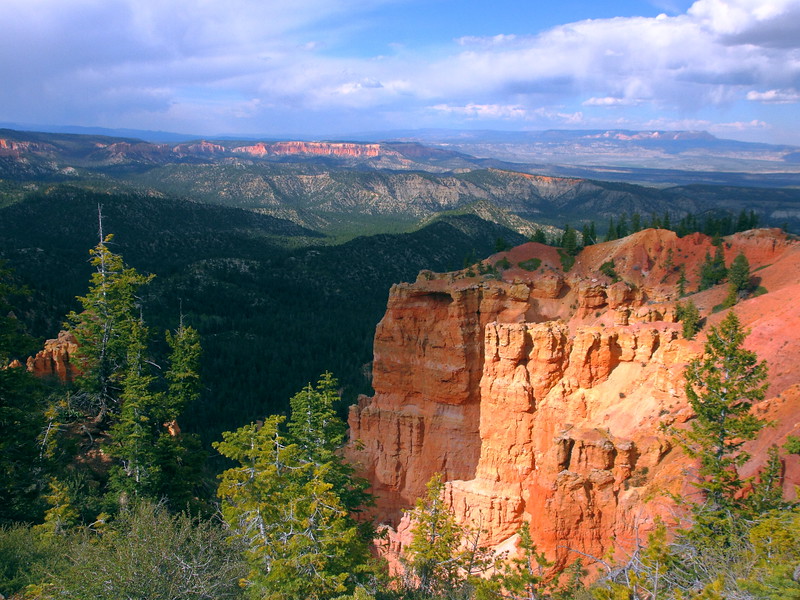 Figure 1. Forest and Cliff, Bryce Canyon National Park.
Bryce Canyon National Park is famous for its rock formation called hoodoos. These hoodoos cluster in the amphitheater and can be enjoyed from some overlook such as Sunset Point and Bryce Point.
Figure 1. Forest and Cliff, Bryce Canyon National Park.
Bryce Canyon National Park is famous for its rock formation called hoodoos. These hoodoos cluster in the amphitheater and can be enjoyed from some overlook such as Sunset Point and Bryce Point.
While hoodoos can be seen in the southern part of the park as well, they are not in a dramatic way like those in the amphitheater. In this region, the view is more expansive and people get a better sense of remoteness.
Most people are focused on the amphitheater for the main features hoodoos. This time I decided to spend more time somewhere else. This shot was taken at a pullout near Rainbow Point. Many national parks offer lots opportunities of panoramic views. A picture of this kind may not be as powerful as the view enjoyed on the site. One reason is the lack of focus points and that's the case in this region.
Fortunately, I found a good composition on this spot when the lighting favors. In the summer afternoon, the clouds tend to build up and then break. The transition offers the chance of interesting lighting. To take advantage of this, I stayed there for probably half a hour and got some shots. This is not a typical Bryce Canyon picture, but I like it.
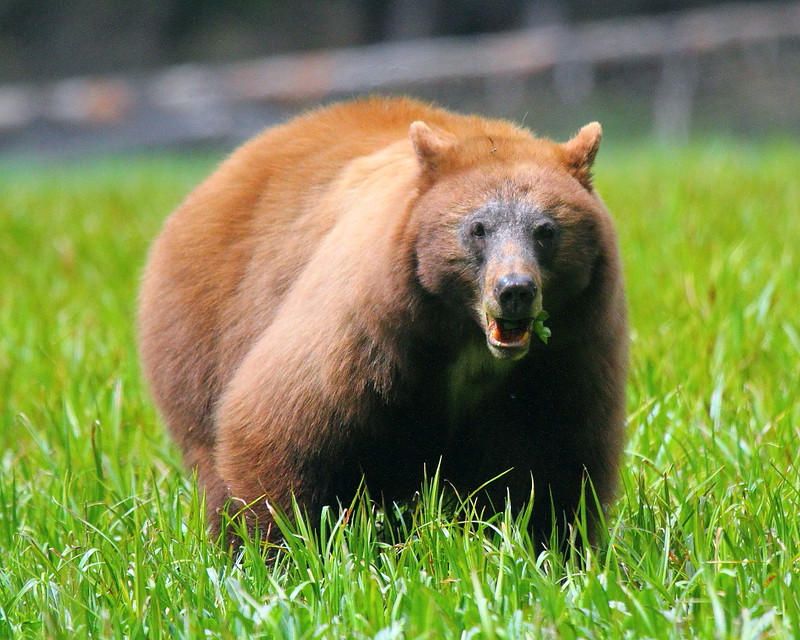 Figure 1. Black Bear, Sequoia National Park.
I made a trip to Sequoia National Park in May. Giant Forest area is still cool at this time. So I just planned to do simple hike and stayed in this elevation. Since I haven't been to Crescent Meadow for a long time, I took this hike before the crowd of the peak season.
Figure 1. Black Bear, Sequoia National Park.
I made a trip to Sequoia National Park in May. Giant Forest area is still cool at this time. So I just planned to do simple hike and stayed in this elevation. Since I haven't been to Crescent Meadow for a long time, I took this hike before the crowd of the peak season.
After a short walk from the trailhead, a hiker told me that a group of people are gathering over there because there is a black bear. Indeed, I sighted that bear after some more walk. This bear is right in the middle of Crescent Meadow.
I saw some black bears in Sequoia National Park at places like this. Most of the time the bear is in a distance and it doesn't last for too long. This bear seems to be comfortable with people all the time. Hikers never bother him and he just takes his time trying to get something to eat in the meadow. Although the color is brown, all the features suggest it is still a black bear.
The trail is surrounding Crescent Meadow and so I can relocate myself for better spots. In addition, the bear is in the open space rather than in the forest, which is typical. While I've seen many black bears in various places, this time is among the bests in term of photography.
 Figure 1. Ocotillo, Anza-Borrego Desert State Park.
Not a true cactus, ocotillo does have cactus features such as its spiny stick and growing leaves after rainfall. Its shape is so unique and hard to forget once you have seen it.
Figure 1. Ocotillo, Anza-Borrego Desert State Park.
Not a true cactus, ocotillo does have cactus features such as its spiny stick and growing leaves after rainfall. Its shape is so unique and hard to forget once you have seen it.
Anza-Borrego Desert State Park is in Colorado Desert, one district of Sonoran Desert. Ocotillo is abundant and can be seen in many places in this park. Just like other iconic desert plants such as Joshua tree and Saquaro, it is easy to take a picture of it. It is, however, difficult to get a picturesque one.
Of course, it looks good when ocotillo is with green leaves and red flowers. This means it needs to be shot not too long after sufficient rainfall. Some time before or after the golden hours is my favorite time for contrast, with help from the terrain or the (cumulus) clouds. In this case, the canyon wall of the Borrego Palm Canyon gives the desired contrast.
Knowing the object, keeping track of the weather, being familiar with the terrain and hiking some miles can all be contributing factors for a good photo. That makes photography difficult, but also fun.
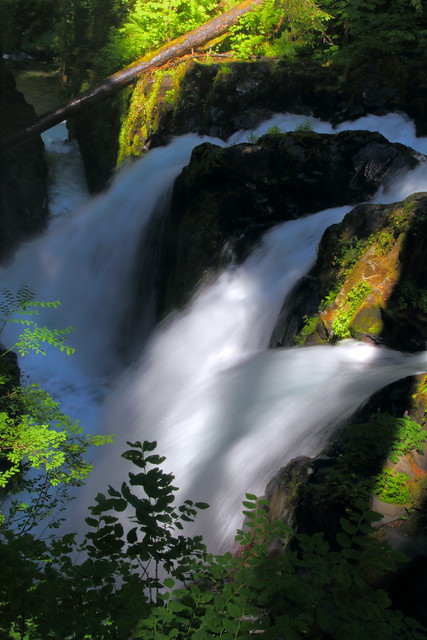 Figure 1. Sol Duc Falls, Olympic National Park.
Sol Duc Falls is one of the main features to see in Olympic National Park. Located in Sol Duc Valley, it is a short and pleasant walk from the parking lot. The easy access makes it one of the most crowded spots in the park. You won't feel the solitude here unless you are here very early.
Figure 1. Sol Duc Falls, Olympic National Park.
Sol Duc Falls is one of the main features to see in Olympic National Park. Located in Sol Duc Valley, it is a short and pleasant walk from the parking lot. The easy access makes it one of the most crowded spots in the park. You won't feel the solitude here unless you are here very early.
While Sol Duc Falls is not as high as those in Yosemite, it has its charm. Before the drop, Sol Duc River splits into three paths. This makes this falls special. The water amount is also quite huge and it is delightful to see.
It is generally suggested to do landscape photography in golden hours. It may not work best due to the terrain in some cases. This photo is taken near noon. The lighting is still quite good. In fact, you can see the rainbow by the sprays from another angle at this time. Most of the time I am not a fan of using slow shutter speed for waterfalls, but this one is an exception. It is not that slow, but works for me as it conveys the feelings of the power.
 Figure 1. Swan Lake Flat, Yellowstone National Park.
Swan Lake Flat is an open area just south of Golden Gate Bridge in Yellowstone National Park. Although it seems to be a good place to see trumpeter swans, it is more popular to see grizzly bears here in summer. If you are lucky, you might see trumpeter swans fly over.
Figure 1. Swan Lake Flat, Yellowstone National Park.
Swan Lake Flat is an open area just south of Golden Gate Bridge in Yellowstone National Park. Although it seems to be a good place to see trumpeter swans, it is more popular to see grizzly bears here in summer. If you are lucky, you might see trumpeter swans fly over.
This place is closed for wheeled vehicles in winter. Snowcoaches or snowmobiles are the main transportation vehicles to get here. If the wind is blowing hard, the road may be closed due to the white out.
I've been passing through Swan Lake Flat for many times. Most are on the way to Old Faithful. Others are for Norris Geyser Basin Tour. The sky is usually not so clear here in winter, especially in the morning. Probably it was so cold these days and I am lucky to get a clear view this time. The Gallatin Range and the Electric Peak (not shown in this photo) stand out in the distance. Every one, including the snowcoach driver, was so joyful to see this.
While the northern part of the park is not as thermally active as the interior, the Northern Range can be quite impressive, especially in winter.
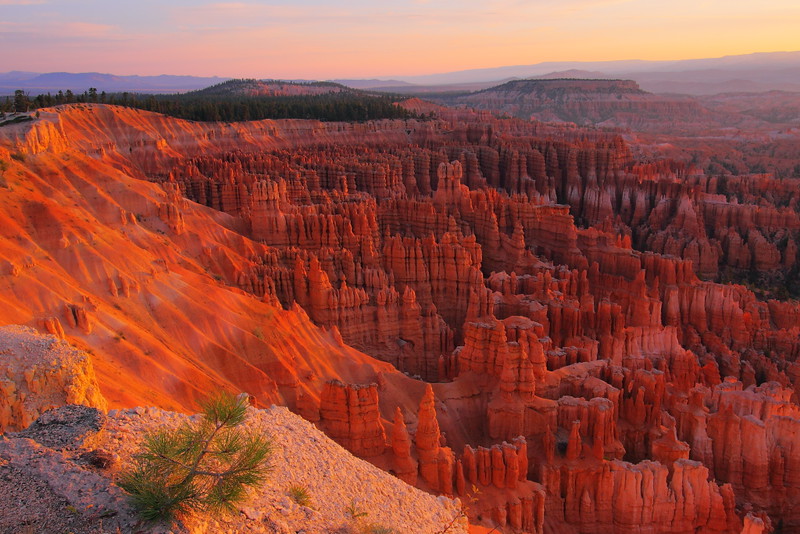 Figure 1. Silent City from Inspiration Point, Bryce Canyon National Park.
Among many view points in Bryce Canyon National Park, Inspiration Point is one of my favorites. The hoodoos here are dense and delicate. It looks like so many beings are standing here and forms the well-named Silent City. Although Silent City can also be seen from Sunset Point, it looks much better from Inspiration Point.
Figure 1. Silent City from Inspiration Point, Bryce Canyon National Park.
Among many view points in Bryce Canyon National Park, Inspiration Point is one of my favorites. The hoodoos here are dense and delicate. It looks like so many beings are standing here and forms the well-named Silent City. Although Silent City can also be seen from Sunset Point, it looks much better from Inspiration Point.
This shot was taken in 2009 when I visited here during Labor Day weekend. Because of the terrain, I prefer sunrise over sunset. The lighting works pretty well. I like the partly light up hoodoos with the not so bright sky. The contrast and the breeze at the rim together strengthen the feelings of Silent City. This is also the quietest moment in the park as most visitors are still in bed.
I plan to make a visit here in the coming President Day weekend. Hopefully the weather cooperates and the wind wouldn't blow too hard.












